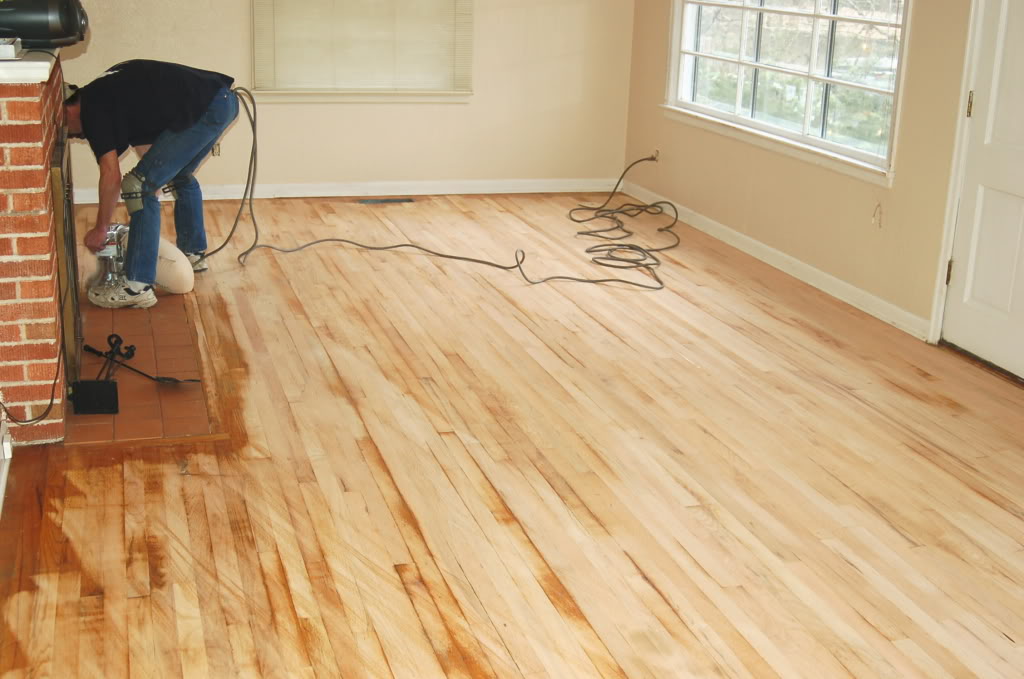Hardwood floors are a stunning addition to any home, exuding warmth and timeless elegance. However, over time, these beautiful surfaces can lose their luster due to scratches, stains, and general wear and tear. If you've noticed that your hardwood floors are looking a little dull or damaged, don't despair. With proper hardwood floor refinishing and cleaning techniques, you can restore their original beauty and vitality, making your space feel fresh and inviting once again.
In this ultimate guide, we will explore the ins and outs of hardwood floor refinishing and cleaning. From understanding the process of refinishing to selecting the right cleaning products, we will provide you with all the information you need to breathe new life into your hardwood floors. Whether you are a seasoned DIY enthusiast or a homeowner looking to hire a professional, this guide will empower you to revitalize your space and appreciate the enduring charm of hardwood flooring.
Understanding Hardwood Floor Refinishing
Hardwood floor refinishing is the process of restoring the beauty and functionality of hardwood floors. Over time, even the most beautifully maintained hardwood can show signs of wear, such as scratches, dings, or a dull finish. Refinishing involves sanding down the top layer of the wood to remove these imperfections and reveal a fresh, smooth surface underneath. This not only improves the aesthetic appeal but also extends the life of the floors, making it a valuable investment for any home.
The refinishing process typically starts with thorough cleaning to remove dirt and debris. After that, a professional or a skilled DIY enthusiast will use a drum sander or orbital sander to remove the existing finish. Once the wood is sanded down to a fresh surface, it can be stained to a desired color or left natural. Finally, a protective finish such as varnish or polyurethane is applied to seal and protect the wood, enhancing its durability against future wear and tear.
Refinishing hardwood floors is not just about aesthetics; it also contributes to maintaining the value of your home. Well-maintained hardwood flooring can significantly increase a property’s appeal to potential buyers. Regular refinishing can keep your floors looking new and ensure they remain a centerpiece of your home's design for years to come.

Essential Cleaning Techniques
Maintaining the beauty of your hardwood floors starts with proper cleaning techniques. Begin by sweeping or vacuuming the surface regularly to remove dirt and debris. This prevents particles from scratching the finish and helps maintain the natural shine of the wood. Use a soft-bristle broom or a vacuum designed for hardwood floors to ensure you don't cause any damage during this process.
Once the loose dirt is removed, it’s important to mop the floor to eliminate stains and sticky residues. Use a damp microfiber mop, as excess water can warp the wood over time. Instead of traditional cleaning products, opt for a wood-specific cleaner or a mixture of vinegar and water, which naturally cleans without harmful chemicals. Always test any cleaner in a small, inconspicuous area first to ensure it does not affect the finish.
In addition to routine cleaning, deeper maintenance should be scheduled periodically. This may involve using a professional-grade hardwood floor cleaner or hiring a professional service for a thorough cleaning and polishing. Regularly assessing the condition of your floors will help you determine when refinishing might be necessary, ensuring that your hardwood continues to look elegant and lasts for years to come.
Maintenance Tips for Longevity
To ensure your hardwood floors remain beautiful and durable for years to come, regular maintenance is essential. Begin by sweeping or vacuuming Hardwood Floor Refinishing & Cleaning to remove dust, dirt, and debris that can scratch the surface. Use a soft floor attachment for your vacuum to avoid damaging the wood. Additionally, consider placing area rugs and mats at entryways to catch dirt and moisture before it reaches your floors.
When it comes to cleaning, opt for a pH-balanced hardwood floor cleaner to avoid harsh chemicals that can strip the finish over time. Dampen a microfiber mop with the cleaning solution and make sure to avoid excessive water, as this can seep into the seams and cause damage. Cleaning spills immediately is also crucial—use a soft cloth to blot rather than wipe, which can spread the liquid.
Lastly, to protect your floors from scratches and dents, regularly check and maintain the furniture in your space. Place felt pads under the legs of chairs and tables to minimize movement damage. In high-traffic areas, consider the addition of rugs for extra protection. Regularly inspecting your floors and addressing any issues promptly will contribute significantly to their longevity and overall appearance.
